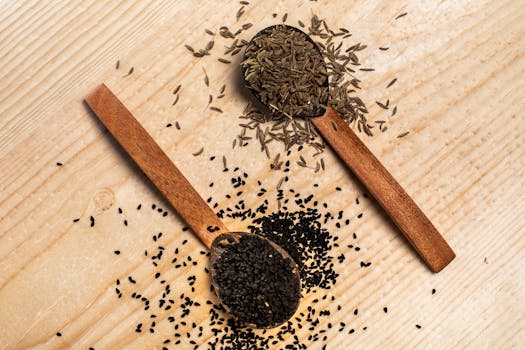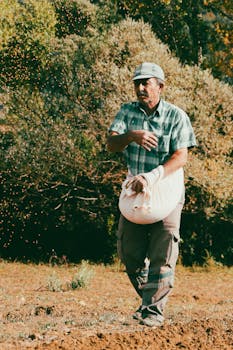Benefits
Digestive Health
Antioxidant Source
Mineral Rich
Weight Management
Anti-inflammatory Properties
Get creative with caraway seeds
Incorporating caraway seeds into homemade bread, giving it a distinct, aromatic flavor that elevates the simple pleasure of bread making
Creating a unique twist on traditional sauerkraut by adding caraway seeds, which introduce a warm, earthy depth to the fermented cabbage, transforming it into a gourmet condiment
Mixing caraway seeds into a spice rub for meats, particularly pork and beef, where their anise-like flavor complements the savory notes of the meat, resulting in a mouthwatering crust
Crafting a caraway seed infused oil that can be drizzled over roasted vegetables or used as a flavorful base for salad dressings, adding a hint of nuttiness and sophistication to everyday dishes
Lastly, blending caraway seeds into homemade crackers or biscuits, offering a subtle crunch and flavor complexity that makes for an irresistible snack or an elegant addition to a cheese board
Something you can make with caraway seeds
Origin
Caraway seeds are derived from the caraway plant, scientifically known as Carum carvi. The plant is native to Eastern Europe, Western Asia, and Northern Africa. It has been cultivated for its seeds and used as a spice for centuries. Caraway seeds have a distinct flavor and aroma, often described as slightly sweet, nutty, and reminiscent of anise or fennel. They are commonly used in European cuisines, particularly in German, Austrian, and Hungarian dishes. Caraway seeds are also popular in Middle Eastern and Mediterranean cuisines, where they are used in various breads, stews, and pickles.


